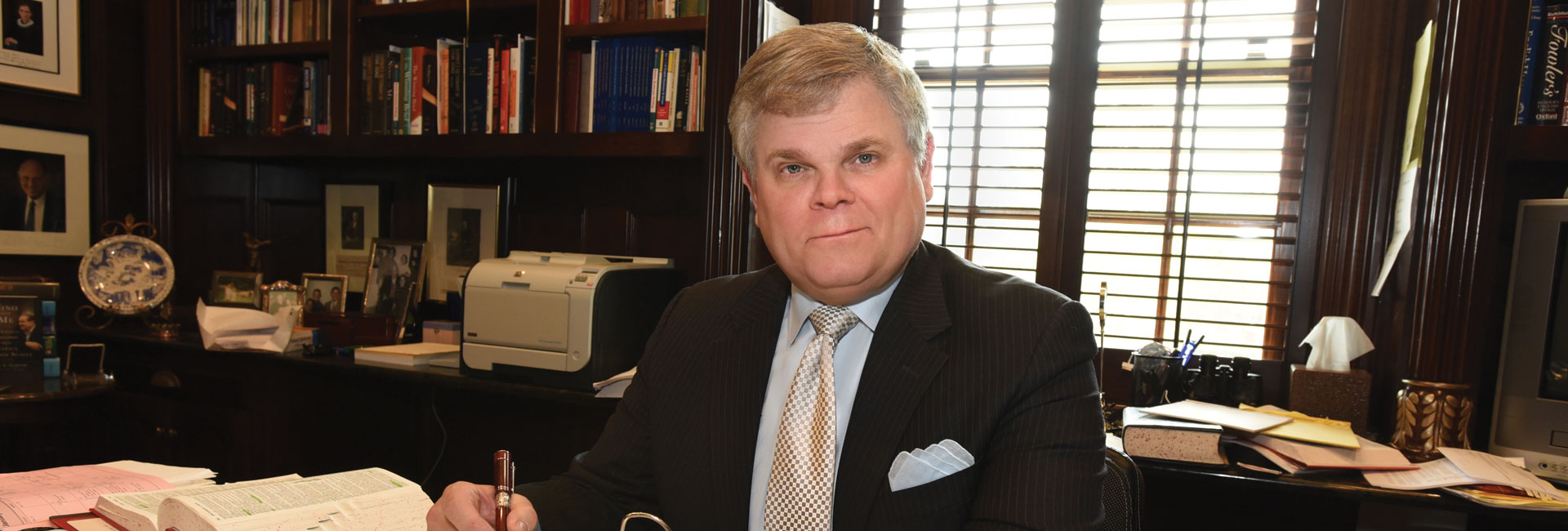How to effectively use legal dictionaries

Image from Shutterstock.
When we were at work on Reading Law a few years ago, Justice Antonin Scalia and I added an appendix: “A Note on the Use of Dictionaries.” We emphasized there that one must be careful to consult the prefatory materials to learn the principles on which a given dictionary is compiled.
It’s usually a mistake, for example, to assume that the first definition in a dictionary is the “main” definition or the predominant meaning. Most dictionaries list a word’s senses from oldest to newest—to show the historical development of a word’s meanings.
So it’s often possible that the first several recorded senses will be entirely obsolete. Often the “main” sense in modern usage will be the seventh or eighth one listed.
In lexicography, a rare term is usually easy to define because it has only one meaning; a common term can be difficult because of its multiple meanings, often with slight distinctions. That point is borne out all the time in my work on Black’s Law Dictionary. Take the phrase effluxion of time, first used in English in the 1600s. To the ordinary person, it’s a “difficult” phrase because it’s obscure. But to the lexicographer, it’s fairly easy because it has only one meaning: “the expiration of a lease term resulting from the passage of time rather than from a specific action or event.”
But the fairly well-known word equity, by contrast, presents a challenge with the nine senses it has developed since the 1300s (here shortened for convenience): 1. Fairness. 2. Natural law. 3. The judicial prevention of hardship. 4. Collectively, the principles developed by chancery courts. 5. A legal interest recognized by a chancery court. 6. The jurisdiction of chancery courts. 7. The difference between the value of property and all the encumbrances on it. 8. Any property interest. 9. A share in a privately traded company.
If you have equity in your home, that’s sense 7—an American meaning that didn’t develop until the late 1800s.
So give me a term like effluxion of time—which I’ll take anytime. It might take only 15 minutes to define. Very little time and effort will efflux in the creation of its entry. But equity, which occupies more than two pages of the fine print in Black’s Law Dictionary, took months initially—and in the end, years—to work out.
Meanings multiply
The point about the historical evolution of meanings struck me the other day when I was working on the term royalty. It’s a multifaceted word traceable to Middle English of the 1400s. The modern American senses didn’t come around until the 1800s, first in reference to mines and minerals, then to patents, then to books.
How did it develop from its monarchical sense to its oil-and-gas and intellectual-property senses?
The word has progressed through 12 senses over the past 700 years. Here, in brief, is the history showing changes in meaning (the angle brackets illustrate typical uses). The big jumps in meaning come with senses 9 and 10. Here goes: 1. The position or office of a monarch <the privileges accorded to royalty>. 2. A majestic character befitting a king or queen <royalty of purpose>. 3. A royal personage <she is royalty>. 4. Regal persons collectively <many royalty were in attendance>. 5. A royal domain or kingdom <the sovereignty of African royalties>. 6. A monarchical government <the transition from royalty to republic>. 7. A right or privilege belonging to a monarch <rights and royalties of the Crown>. 8. A prerogative or right that a monarch has granted to somebody <escheated lands were considered royalties granted to the provinces>. 9. A right granted by a landowner to someone who intends to extract minerals from the land <a royalty given to the mining company>. 10. A share of proceeds paid to the landowner by the mine operator <royalties paid for the right to mine coal>. 11. More broadly, a payment made by a producer of minerals, oil or natural gas to the owner of the site <royalties for natural-gas wells>. 12. A payment made to an author or inventor for each copy of a work or article sold under a copyright or patent <book royalties>.
What happened is that in about 1815, the landowner was analogized for the first time to a monarch. The landowner grants rights to a mining operation in much the way that the king might grant exclusive rights to a person in exchange for payment. By extension, the payment itself (or share in the proceeds) became known as a royalty. This new pattern of behavior became common, and so did the related changes in the word’s meaning. That’s how language works.
At the moment, Black’s Law Dictionary contains only senses 11 and 12 of royalty. My plan is to add senses 1 through 10 to the next edition: After all, they’re law-related—even if it’s mostly English law, not American law. But they usefully round out one’s understanding of the history of the word and the development of law.
 Photo of Bryan Garner by Winn Fuqua Photography.
Photo of Bryan Garner by Winn Fuqua Photography.
Definitions can be improved
Many dictionary users don’t realize the extent of the improvements that take place from edition to edition of a dictionary. Perhaps that’s especially true with Black’s Law Dictionary, which has been substantially remade over the past quarter-century. Each of the five editions since 1999 has included at least 15% new material—thousands of new entries with each edition. The latest is the 11th edition, published in 2019. “But wait!” some will naively exclaim. “Are you saying the definitions of legal terms have changed?”
Well, yes. Dictionary entries aren’t carved in stone. Dictionaries are researched and written. And some of the earlier definitions might have been rather crudely expressed in comparison with how further research shows they might be written. And the time available for lexicographic scholarship deepens coverage. When I became chief editor of Black’s in the mid-1990s, the entry for good faith (in the 6th edition, published in 1990) began: “Good faith is an intangible and abstract quality with no technical meaning or statutory definition.” That language derives from a decision by a New York trial court in 1954. The court added, and Black’s Sixth quoted, the additional statement that “good faith is a concept” of each individual’s “mind and inner spirit.” As a matter of fact, though, good faith does have a technical meaning. It is defined in all sorts of statutes, including the Uniform Commercial Code. So it made no sense to perpetuate a trial court’s erroneous statements from 1954—statements with absolutely no precedential value even when they were made.
My team scrapped that entry for the 7th edition, published in 1999, and we’ve improved it (in good faith) over time. Today, in the 11th edition, the basic definition for good faith reads this way: “A state of mind consisting in (1) honesty in belief or purpose, (2) faithfulness to one’s duty or obligation, (3) observance of reasonable commercial standards of fair dealing in a given trade or business, or (4) absence of intent to defraud or to seek unconscionable advantage.” Then follow quotations from the Restatement (Second) of Contracts and a treatise on good faith. Then eight related terms are defined, from good-faith exception (criminal procedure) to good-faith improver (real estate) to good-faith mistake (many applications).
All that accounts for just half of one page—and there are more than 2,000 pages in the 11th edition, all comparably transformed. I give you my word.
Why should this matter to you? Many courts—including the U.S. Supreme Court—are citing dictionaries in about half of their decisions. The lawyers submitting briefs are presumably doing the same. Given that reality, a moderate degree of lexicographic sophistication is expected from the bar.
This story was originally published in the December 2021/January 2022 issue of the ABA Journal under the headline: “Adventures in Legal Lexicography: How to effectively use legal dictionaries.”
Bryan A. Garner became a legal lexicographer as a first-year law student in 1981. Since 1994, he has been editor-in-chief of Black's Law Dictionary. Follow him on Twitter: @BryanAGarner.
This column reflects the opinions of the author and not necessarily the views of the ABA Journal—or the American Bar Association.



